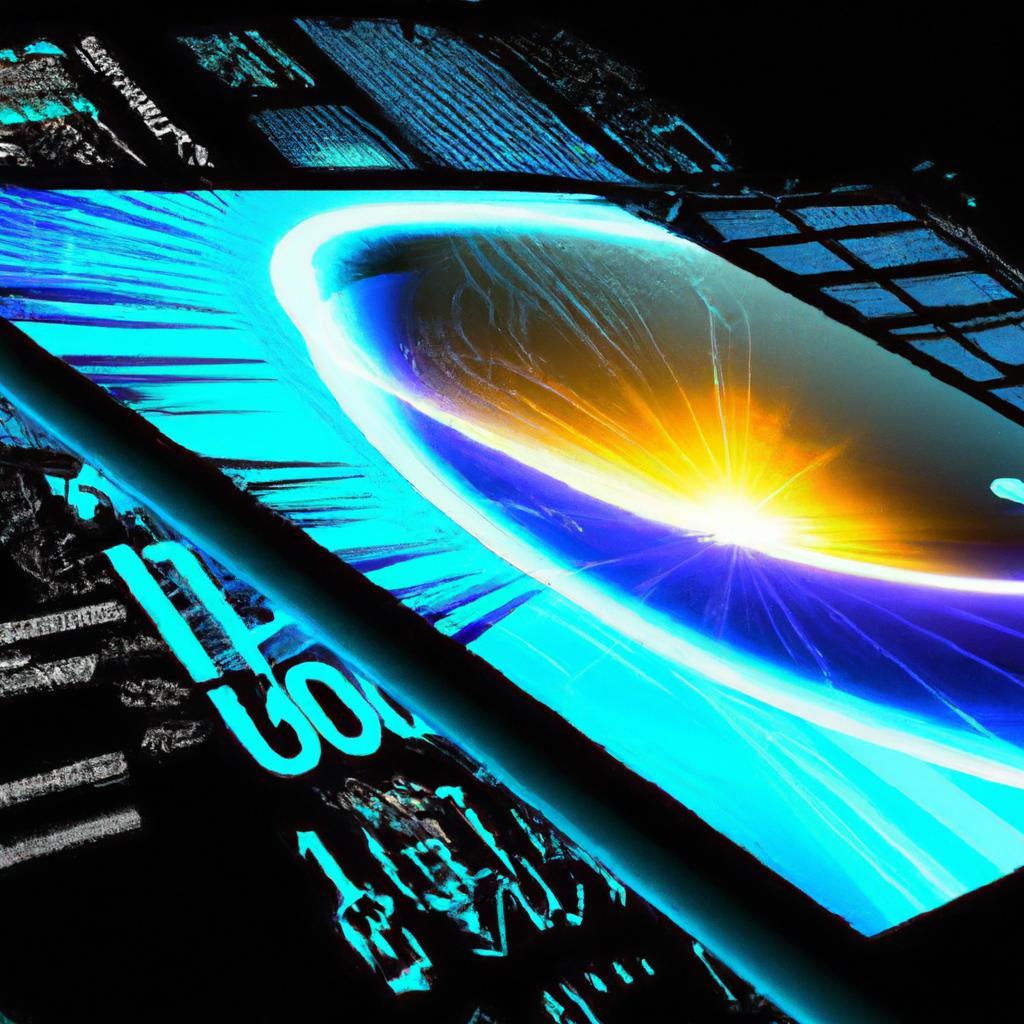
The Revolution of MicroLED Technology in Displays
In the realm of display technology, a silent revolution is occurring that is set to transform how we perceive the world around us. Enter MicroLED technology, a game-changer that promises brighter, crisper, and more energy-efficient displays. Join us as we delve into the fascinating world of MicroLEDs and explore the revolution they are bringing to the way we view and interact with the digital landscape.
Table of Contents
- Revolutionizing Display Technology with MicroLEDs
- Advantages of MicroLED Technology over Traditional Displays
- Applications and Future Trends of MicroLED Displays
- Recommendations for Integrating MicroLEDs into Consumer Electronics
- Q&A
- To Conclude
Revolutionizing Display Technology with MicroLEDs
MicroLED technology is set to completely transform the display industry as we know it. With its ability to provide superior brightness, contrast, and energy efficiency, MicroLED displays are revolutionizing the way we interact with visual content. Unlike traditional LED or OLED displays, MicroLEDs are made up of microscopic LEDs that emit their own light, allowing for a higher level of control and precision in color reproduction.
One of the key advantages of MicroLED displays is their scalability. Whether you’re looking for a small display for your smartphone or a massive screen for a theatrical experience, MicroLED technology can be seamlessly integrated into any size display. This flexibility opens up a whole new world of possibilities for designers and manufacturers, paving the way for groundbreaking innovations in the world of visual technology.
Advantages of MicroLED Technology over Traditional Displays
MicroLED technology has been making waves in the world of displays, offering numerous advantages over traditional display options. One of the main benefits is the superior image quality that MicroLED displays provide. With individual microscopic LEDs serving as pixels, these displays offer unparalleled contrast ratios and vibrant colors, resulting in a more immersive viewing experience.
Another advantage of MicroLED technology is its energy efficiency. Compared to traditional displays, MicroLED displays consume significantly less power, making them a more sustainable choice for both home and commercial applications. Additionally, MicroLED displays have a longer lifespan and are more durable, offering users a reliable and long-lasting display solution.
Applications and Future Trends of MicroLED Displays
Moving beyond the traditional LCD and OLED displays, MicroLED technology is shaping the future of visual displays with its unparalleled brightness, energy efficiency, and longevity. These displays consist of microscopic LEDs that emit light individually, allowing for enhanced image quality and vibrant colors. One of the key advantages of MicroLED displays is their modular nature, enabling seamless scalability for various applications.
From cutting-edge smartphones to immersive virtual reality experiences, MicroLED displays are revolutionizing industries with their exceptional performance. Some key include:
- High-resolution TVs: Providing crystal-clear images and true blacks for a cinematic viewing experience
- Smart wearables: Enhancing the efficiency of wearable devices with bright and power-efficient displays
- Automotive displays: Transforming dashboard displays and entertainment systems with high-definition visuals
Recommendations for Integrating MicroLEDs into Consumer Electronics
MicroLED technology is set to revolutionize the consumer electronics industry, particularly in the realm of displays. As this cutting-edge technology continues to advance, integrating MicroLEDs into consumer electronics presents a range of exciting possibilities. To make the most of this revolutionary technology, here are some recommendations for seamlessly incorporating MicroLEDs into consumer electronics:
- Opt for Miniaturization: As MicroLED technology allows for smaller and more efficient displays, consider miniaturizing electronic devices to take advantage of this feature.
- Focus on Energy Efficiency: Leverage the energy-efficient properties of MicroLEDs to create consumer electronics that are not only eco-friendly but also cost-effective for users.
- Enhance Display Quality: Utilize the superior brightness, contrast, and color accuracy of MicroLEDs to enhance the display quality of consumer electronics.
By following these recommendations, consumer electronics manufacturers can harness the full potential of MicroLED technology and deliver innovative products that set new standards for display excellence.
Q&A
Q: What is MicroLED technology and how is it revolutionizing displays?
A: MicroLED technology is a display technology that uses extremely small LEDs to create images on screens. It is revolutionizing displays by offering brighter, more vibrant colors, improved energy efficiency, and higher contrast ratios compared to traditional display technologies like LCD or OLED.
Q: What are the key benefits of MicroLED technology compared to other display technologies?
A: Some of the key benefits of MicroLED technology include improved brightness and color accuracy, longer lifespan, faster response times, and the ability to create truly seamless, bezel-less displays. Additionally, MicroLED displays are more energy-efficient and environmentally friendly compared to traditional displays.
Q: How is MicroLED technology changing the future of display technology?
A: MicroLED technology is changing the future of display technology by paving the way for thinner, lighter, and more flexible displays. It is also opening up new possibilities for innovative display form factors, such as curved and modular displays. In the future, we can expect to see MicroLED displays being used in a wide range of applications, from smartphones and TVs to augmented reality devices.
Q: What are some of the challenges facing the widespread adoption of MicroLED technology?
A: One of the main challenges facing the widespread adoption of MicroLED technology is the high cost of manufacturing. Additionally, achieving consistency in color quality and brightness across large displays can be challenging. However, as the technology continues to evolve and mature, these challenges are expected to be overcome, leading to greater adoption of MicroLED displays in the future.
To Conclude
As we have seen, the revolution of MicroLED technology in displays is a game-changer in the world of visual technology. With its promise of superior image quality, energy efficiency, and durability, MicroLED displays are set to redefine our viewing experience in ways we never thought possible. As the technology continues to evolve and become more accessible, we can expect to see even more incredible advancements in the world of displays. So, keep your eyes on the horizon, as the future of visual technology is brighter than ever with MicroLED leading the way.

